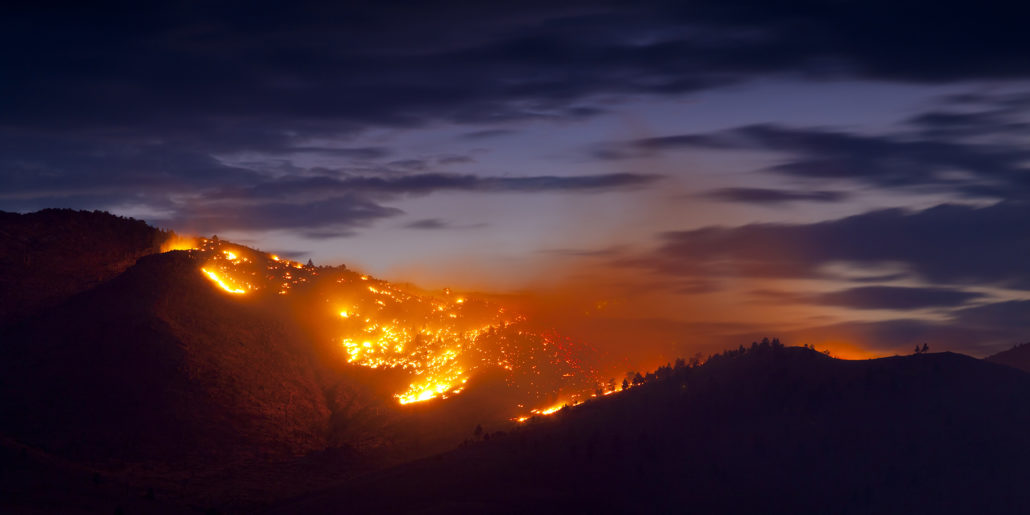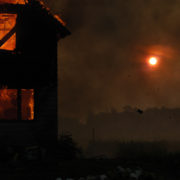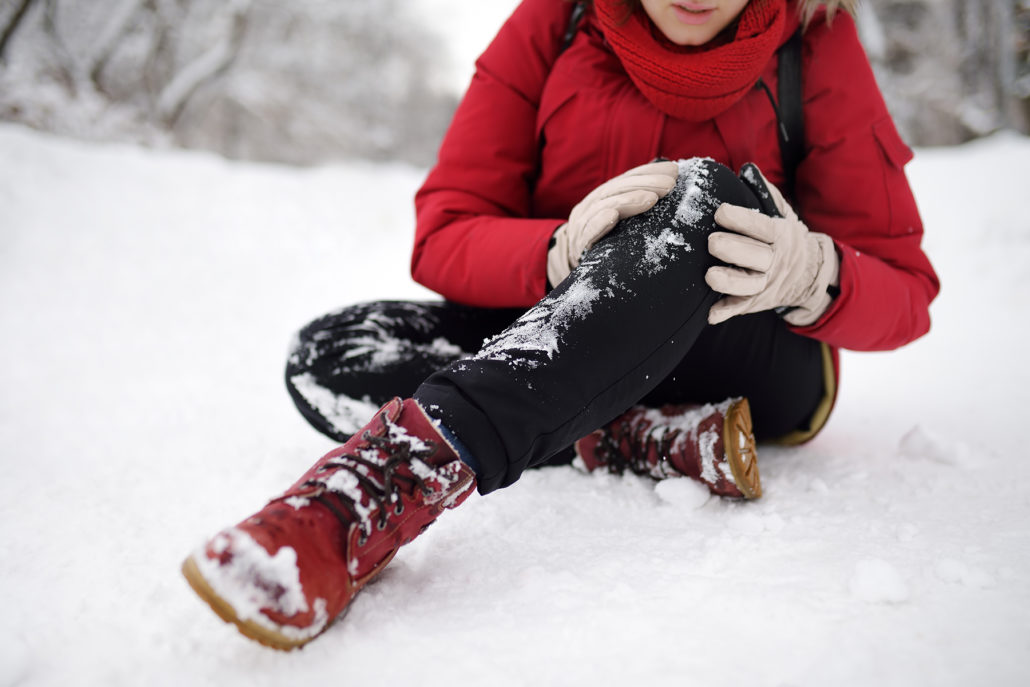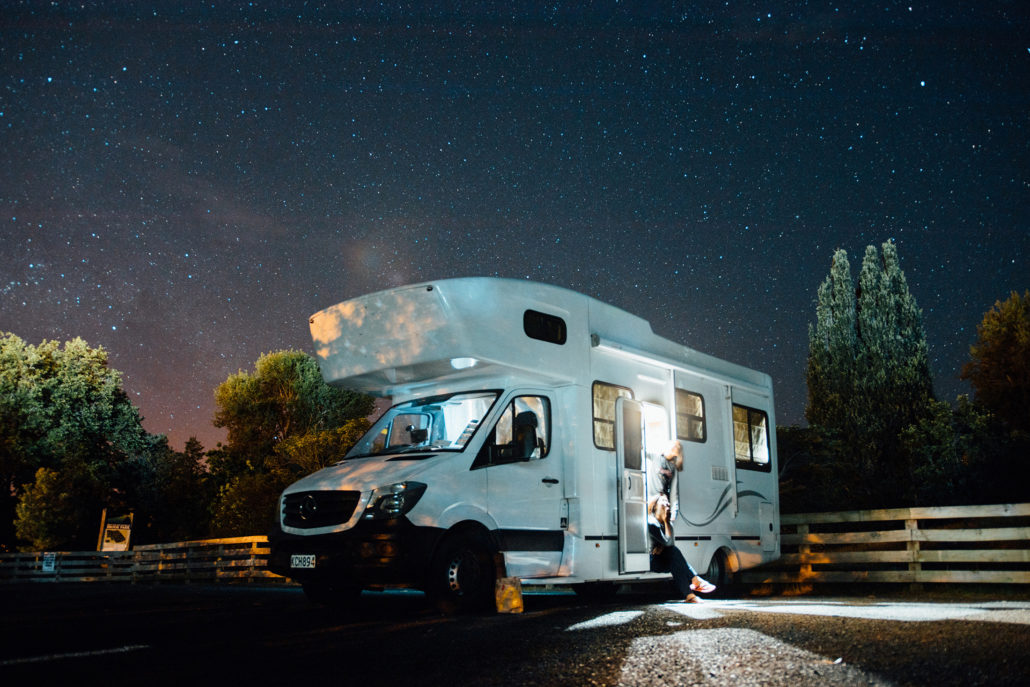6 Steps to Springtime Home Preparation and Protection
Spring is on the way! Protect your property and take all the necessary steps in your springtime home preparation.
There is likely no greater anticipation than that of the change from winter to spring – warmer weather, setting our clocks forward, clear roads and walkways, fresh blooms, golf season and, of course, epic spring skiing!
As we make our way further and further from the bitter cold – remember February?! – day by day we’ll see the signs of springtime emerge; a gradual (or this year, not so gradual) thaw, including melting around our homes. That’s why it’s so very important to have considered all aspects of your springtime home preparation.
To ensure that these welcome warm temperatures and the resulting thaw don’t result in damage to your home and property, here are five steps to help guide your springtime preparations:
- Walk around your home, including around your garage and any outbuildings, as well as the fence line as soon as you can. Inspect the basement and foundation, your patio and deck, your driveway and sidewalks. You want to make sure that they are capable of resisting water and moisture and that any melt water is directed away from the structures, especially your home.
- Inspect for cracks – and repair them! When you repair cracks, you’ll prevent leaks. Caulk around all exterior doors and windows as the bottoms can allow leaks. Most people assume it’s the foundation that allows most leaks. On the contrary – it’s the caulking around the frames of windows and doors.
- As you inspect your property, take the time to clean up and tidy. The earlier in the season, the better.
- Your inspection should include the roof as well as all eaves and downspouts. Another way for water to seep into the home and cause flooding and damage is when ice is allowed to build upon the roof, where water will melt and back up under a shingle. This is referred to as ice damming and can cause significant damage. Roof leaks occur due to heat loss as a result of inadequate insulation. A poorly insulated home lets heat escape to the attic and melt any snow on the roof where it will flow into the eavestrough and re-freeze. The ice accumulates and makes its way beneath the shingles and to trickle into the attic as it melts once again.
Is there debris collected that could block drainage? Are your downspouts adequately directing water away from your home and well into the yard? The answer to both questions should be ‘yes’! - In the event water or sewage backs up into your home, you’ll want to make sure that you’ve installed backflow valves that close automatically to prevent them from overflowing. If you’re unfamiliar, backflow valves are installed on any sewer connections such as toilets and drains. They’re great potential disaster prevention!
- If you have a sump pump, this is the time to get out ahead and make sure it’s in good working order. Consider backup power in case of a power outage. If your property is one that enjoys plenty of snow, and you don’t yet have a sump pump installed, you might consider doing so.
If you’re a little late with your springtime home preparation and your belongings do get damaged, keep them in a safe place until you can have an adjuster assess the ruin. Do NOT throw anything away! If things are wet but salvageable, move them to a place with good ventilation where they can dry out. If your furnace or other appliance experienced contact with water, before using it, have it inspected by a qualified technician for possible damage.
Record all damages – pictures and video. You’ll also want to keep records of any repairs and/or cleaning expenses you incur as a result of the flooding to include in your insurance claim.
In all likelihood, your insurance covers damages due to a melt and resulting flood. To spare yourself damages and losses – and significant inconvenience and headache – get out ahead of it. Identify the risks and take the necessary precautions to protect your home.
We want to help you stay as informed as possible about your home insurance coverage. Questions? Get in touch!










